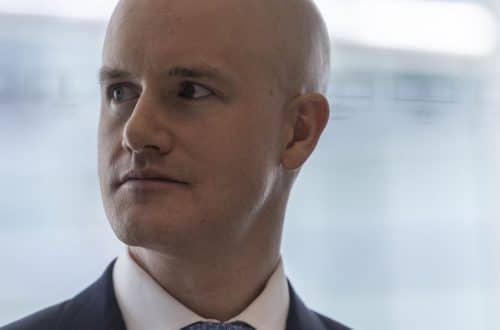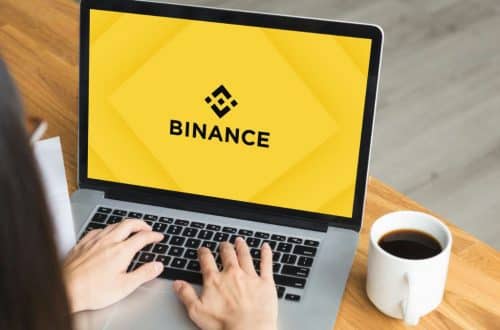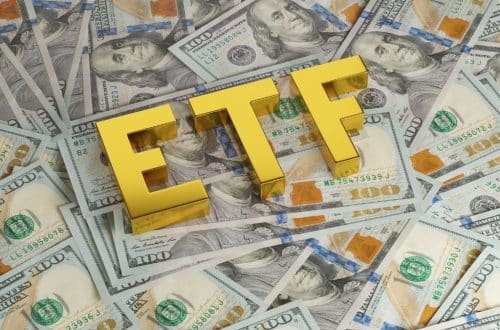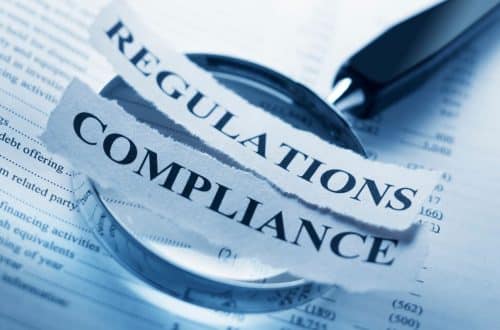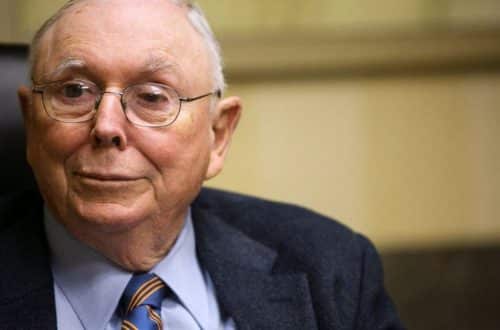
Celsius was Operating like a Ponzi, Reveals Independent Examiner
- Independent examiner for the Celsius bankruptcy case, Shoba Pillay, stated that Celsius Network was operating like a Ponzi in his report.
- Pillay said that the company “conducted its business in a starkly different manner than how it marketed itself to its customers.”
- Customers were told that they would be able to “unbank” themselves and enjoy “financial freedom,” Pillay noted.
- The company hid the fact that it was unable to sell all CEL tokens during ICO and also that they manipulated the token’s price.
One of the biggest crypto lending platform which enjoyed unmatched success in the 2021 crypto market bull run, Celsius Network, was operating like a Ponzi, claims a report from the independent examiner appointed by the court to figure out what events led to the Hoboken, New Jersey-based company to file for bankruptcy in early 2022. It is crucial to note that the examiner’s report revealed some shocking details about the company.
According to a filing, former prosecutor Shoba Pillay, who was appointed as the independent examiner for the Celsius bankruptcy case by United States Bankruptcy Judge Martin Glenn, stated that the crypto lending firm operated very differently and far away from the principles that it marketed to its clients, which can be seen as a major red flag.
“Behind the scenes, Celsius conducted its business in a starkly different manner than how it marketed itself to its customers in every key respect,” said Pillay.
Pillay stated that the business model that Celsius advertised and sold to its customers was not the business that the crypto lending company actually operated. The examiner also noted that via its social media handle, emails, Twitter, livestream, website, and marketing, the company claimed that it was very different and better than the traditional “big banks.”
Customers were told that they would be able to “unbank” themselves and enjoy “financial freedom,” noted the filing, while adding that Celsius claimed that it will always put “its community first.” The company was “built on trust,” and “transparency” was its prime objective. However, all such promises turned out to be zilch when the platform froze withdrawals in early 2022 and customers were waiting for their funds after many months.
These were the initial signals that Celsius was operating like a Ponzi scheme. However, things got worse once the CEL token came into the picture. The company stated that it would sell 325 million CEL to raise $50 million during its pre-sale and initial coin offering (ICO). However, the examiner noted that from its inception, the crypto lender and its CEO, Alex Mashinsky, “did not deliver on these promises.”
The filing noted that the crypto firm only sold 203 million of the 325 million CEL offered for sale, a fact which was hidden from the customers.
“Despite its promises of transparency, Celsius debated internally whether to tell its community how the ICO actually turned out but decided not to do so because it feared its community would be upset,” noted Pillay.
Moreover, the plan was that Mashinsky would purchase all the coins that remained unsold, but he failed to close on that purchase, another promise broken by the company. Pillay also found that Celsius “hijacked its flywheel, concealing from its customers the extent to which it was making the market for CEL.”
“Instead of buying CEL when it needed to pay rewards, Celsius began timing its purchases so that they would prop up CEL’s price by creating activity in the market. Celsius also began placing “resting” orders to buy CEL, which were triggered if the price of CEL dipped below a set amount,” confirmed the examiner.
It is clear that the company manipulated the CEL price action and also failed to uphold the promises it made to its “community” and its stakeholders. As earlier noted by Bitnation, the crypto lender plans to issue a new debt token to pay off its creditors. The token will be “representing all the value” which the creditors can sell if they believe that it will not be able to recover.


